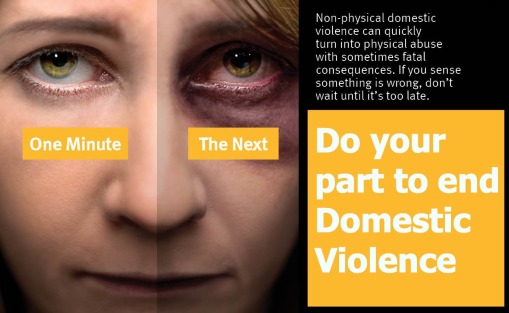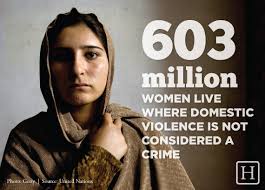1. The Center for Disease Control determines intimate partner violence as a pattern of coercive behaviors that may include repeated battering and injury, psychological abuse, sexual assault, progressive social isolation, deprivation and intimidation while the World Heath Organization determines intimate partner violence as any behavior within an intimate relationship that causes physical, psychological, or sexual harm to those in the relationship. (Lecture notes 2/9/2016)

2. The interesting difference between the two is that the World Health Organization determines any behavior that causes harm as intimate partner violence while the Center for Disease Control requires the behavior to be in a pattern to be considered intimate partner violence. (Lecture notes 2/9/2016)

3. Both definitions are gender-neutral. (Lecture notes 2/9/2016)

4. The cycle in most intimate partner violence is generally honeymoon phase, tension-building phase, explosive phase, reconciliation, and repeat. (Lecture notes 2/9/2016)

5. On average, it takes between 5 to 7 “explosions” from the cycle of intimate partner violence before a person leaves their abusive relationship. (Lecture notes 2/9/2016)

6. Considering emotional/physical abuse, 1 in 3 women worldwide will be abused in their lifetime. (Lecture notes 2/9/2016)

7. 2 in 5 tweens (children between the ages of 11 and 12) report their friends are victims of verbal abuse in relationships. (Lecture notes 2/9/2016)

8. The Socio-ecological model of how intimate partner violence occurs is based off of the individual- where they experienced substance abuse, a mental health issue, or family violence during childhood- or relational- where they are experiencing conflict, instability, discord, and/or stressors. (Lecture notes 2/9/2016)

9. The individual barriers to a victim of intimate partner violence seeking help include low self esteem, guilt, self-blame, fear of reprisal, children, gender consideration, same-sex “double closeted”, failure to recognize violence as a problem, conflicting emotional states, practical barriers, societal barriers, systematic barriers, and potential harms of screening. (Lecture notes 2/9/2016)
